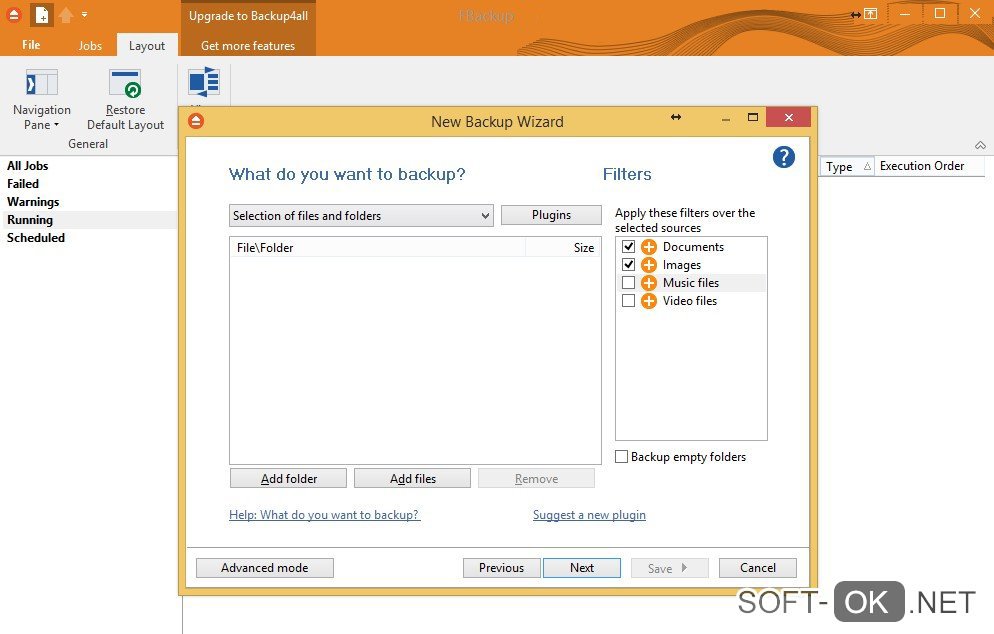

It usually performsīetter than Django backup, and it restores complete tables with all their data. The recommended approach is to save a dump of the database using database-native Without the database, all the translations are gone. The database is the most important storage. Please make sure the files have correct ownership and permissions, see Filesystem permissions. When using Docker container place the data into the data volume, see TheĮnvironment.yml file might help you with this (see Dumped data for backups).Ĭopy the whole restored data dir to the location configured by When using Docker container, the settings file is already included in theĬontainer and you should restore the original environment variables. Restore the database from the SQL dump placed in the backup directory in the Weblate data dir (see Dumped data for backups).Ĭopy the Weblate configuration ( backups/settings.py, seeĭumped data for backups) to the correct location, see Adjusting configuration. Restore the desired backup to the current directory using borg extract REPOSITORY::ARCHIVE. List all the backups on the server using borg list REPOSITORY. Restore access to your backup repository and prepare your backup passphrase. Weblate SSH key, General Restoring from BorgBackup

Weblate testsuite and continuous integration.Translating HTML and JavaScript using Weblate CDN.


 0 kommentar(er)
0 kommentar(er)
